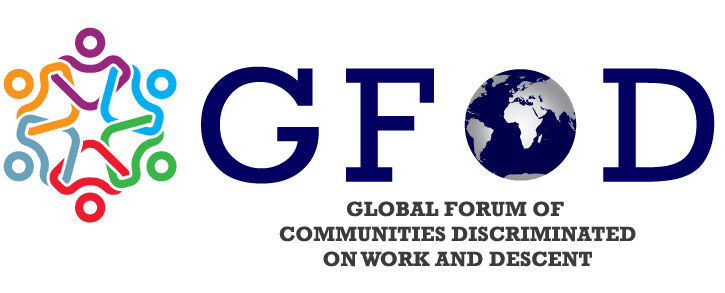Status of Communities Discriminated on Work and Descent in Nepal
The Global Forum of Communities Discriminated on Work and Descent, in association with The Inclusivity Project released the ‘Status of Communities Discriminated on Work and Descent in Nepal, an in-depth, comprehensive report that not documents the challenges faced by the CDWDs in Nepal and offers recommendations to policymakers to ensure redressal of the concerns.
The report, authored by Sophiya Lamichhane, shed light on the socio-economic, cultural, and political dimensions of the lives of Dalit communities in Nepal.
Nepal is a country who has introduced various progressive steps to address communities discriminated on work and descent (CDWD). Historically a Hindu society with long running traditions of caste hierarchies. The Dalits are one of the major minority groups in Nepal with almost 14 percent of the population, the report points out.
Like other states in South Asia, Dalits in Nepal are often faced with intergenerational, discrimination, segregation, alienation and violence. Dalits are socially, economically, culturally, legally and politically marginalized with social stigma of untouchability being the heinous human rights violation existing in the country.
“There are various forms of discrimination based on their social status including discrimination in accessing basic services like education, employment, water and sanitation, housing and healthcare among others. The women from the Dalit communities are often targeted because of their weak social status based on multiple discrimination particularly caste, class, and gender,” the report adds.
Dalit in Nepal refers to a group of people who are religiously, culturally, socially, economically, and historically oppressed, excluded, and treated as untouchables and they belong to different geographical regions, languages, cultures, and castes.
Dalit itself consists of various sub-groups. According to the National Dalit Commission, there are 26 Dalit caste groups in the country. However, the National Population and Housing Census of 2021 records 22 subgroups. “As per the recorded population there are five main sub-groups of hill origin and 17 sub-groups of Madhesh origin. The Dalit population of Hill origin makes up 64.3%, while those of Madheshi origin constitute 35.7% of the total Dalit population in Nepal. The Dalit population in Nepal constitutes 13.4% of the total population, equivalent to over 3.89 million people,” the report added.


